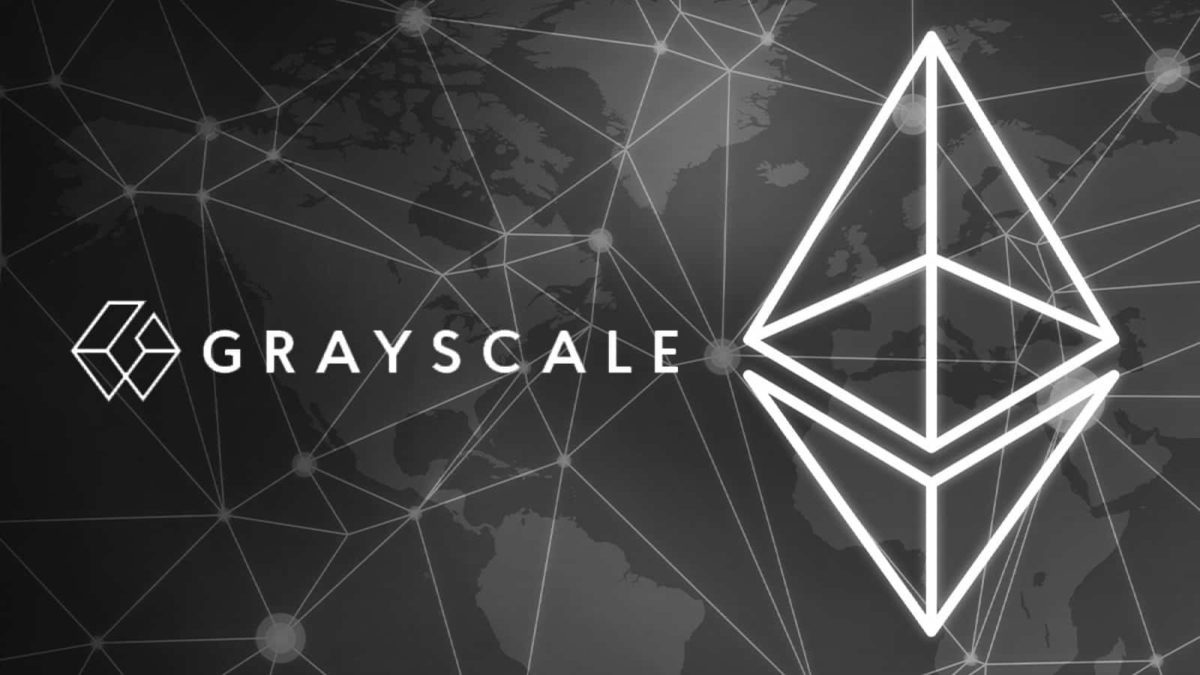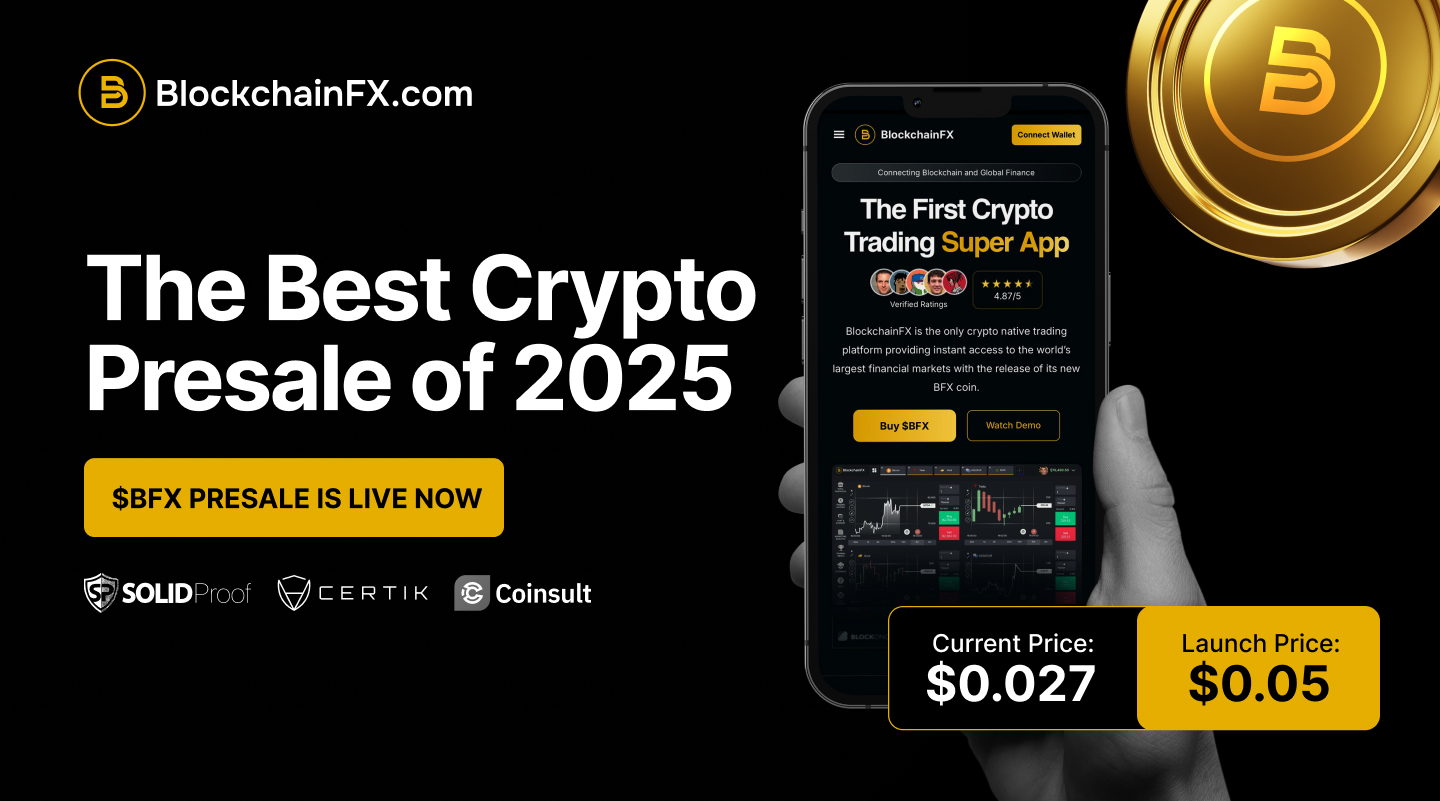Crypto Analyst Calls Bitcoin A Much Better Buy Asset Than Gold, as Grayscale Releases Q4 2025 List of Assets Under Consideration


Crypto analyst and Investor Miles Duetscher, believes that Bitcoin has superseded Gold to become a far superior asset for purchase.
He made this statement in response to a post on X that stated that Gold has been very much outperforming Bitcoin since the start of March. He replied, “BTC is a much better buy than Gold now”.
While the speed of gold’s rise is remarkable, Deutscher argues that Bitcoin presents a more asymmetric opportunity moving forward. He suggests that much of gold’s upside may already be priced in after this year’s extraordinary performance.
Register for Tekedia Mini-MBA edition 18 (Sep 15 – Dec 6, 2025): registration continues.
Tekedia AI in Business Masterclass opens registrations.
Join Tekedia Capital Syndicate and co-invest in great global startups.
Register for Tekedia AI Lab: From Technical Design to Deployment.
His remarks come as gold continues its upward price trajectory, hitting a new record high of $4250. The asset is reportedly adding nearly $300 billion in market capitalization per day a figure equivalent to Bitcoin’s entire market value every 24 hours.
The swift upward price movement has been much faster than analysts had predicted, bringing the total gains to nearly 100% since the current run started in early 2024.
Since March, gold has dominated global asset charts, surging over 105% year-to-date, while Bitcoin’s gains have been relatively moderate. Notably, the soaring price of the asset has captured investors’ hearts and wallets and resulted in visible long lines of people forming outside gold dealers in Sydney and Hong Kong to get their hands on the precious metal.

Several reasons have been predicted to impact the current uptrend of Gold. These include greater economic uncertainties from increasing government debt levels and the current US government shutdown which began on October 1, 2025. This has forced many to store assets in Gold as a haven.
There are also growing worries about the independence of the US Federal Reserve. If political interference pushes down US interest rates, that could see a resurgence in inflation. Gold is traditionally seen as a hedge against inflation.
A Goldman Sachs report from late last month predicted the climb, forecasting that the price of gold will rise 6% through the middle of 2026 to $4,000 per troy ounce, a unit of measurement used for precious metals. The report categorized buyers of gold into two groups: conviction buyers, who purchase the metal consistently, and opportunistic buyers, who jump in “when they believe the price is right”.

Despite Gold’s upward trajectory, charts circulating on social media highlight the stark contrast between Bitcoin which has been consolidating between $110,000 and $115,000 price range. However, Deutscher’s statement seems to focus not on past or current performance but rather on marginal opportunity and forward-looking growth.
Bitcoin thrives on volatility, speculative inflows, and technological adoption. Unlike gold which traditionally is a store of value in times of risk aversion, the latter serves as a “call option on the digital future.” Gold’s meteoric rise could signal overcrowding and excessive enthusiasm, while Bitcoin’s current price action still allows for considerable upside potential, particularly as macroeconomic sentiment fluctuates.
As the United States grapples with its first government shutdown in six years, Bitcoin has emerged as a significant beneficiary, reflecting a growing trend of investors seeking refuge in decentralized assets during periods of political and economic instability.
The notion of Bitcoin as a safe-haven asset is gaining traction among investors. Similar to gold, Bitcoin is perceived as a hedge against currency devaluation and economic instability. This perception is bolstered by the U.S. government’s establishment of the Strategic Bitcoin Reserve, which aims to position Bitcoin as a national reserve asset.
Furthermore, the Trump administration’s supportive stance on cryptocurrencies has contributed to a favorable environment for digital assets. This includes initiatives such as the GENIUS Act, which seeks to promote innovation in the digital asset space. Even as gold rallies, some investors may see it as slower-moving or constrained in further upside, making Bitcoin relatively more attractive in a growth-seeking portfolio.
Grayscale Releases Q4 2025 List of Assets Under Consideration
Grayscale Investments updated its quarterly list of digital assets under consideration for potential inclusion in future investment products. This release aligns with the end of Q3 and provides insights into the firm’s evolving view of the crypto ecosystem as it heads into Q4.
The list highlights tokens not yet featured in Grayscale’s existing single-asset or multi-asset products but deemed promising by their research team. Grayscale emphasizes that this is a dynamic evaluation, subject to changes based on market developments, regulatory shifts, and quarterly re-reviews—typically updated every 15 days post-quarter-end.
The list supports Grayscale’s mission to broaden investor access to diverse digital assets, complementing their current portfolio of over 20 products managing billions in assets.
Assets already in Grayscale products as of October 9, 2025 include staples like Bitcoin (BTC), Ethereum (ETH), Solana (SOL), and others in multi-asset trusts such as the Grayscale Digital Large Cap Fund.
While the full list isn’t enumerated in summaries, Grayscale’s Q3 research insights point to high-potential sectors like smart contract platforms, financials (e.g., DeFi tokens), and emerging narratives such as stablecoin adoption and digital asset treasuries.
Recent additions to their “Top 20” watchlist include Avalanche (AVAX) and Morpho (MORPHO), signaling interest in layer-1 scalability and lending protocols. Exclusions like Lido DAO (LDO) and Optimism (OP) reflect a focus on volatility-adjusted returns and fundamentals.
This comes amid a bullish Q3 for crypto, where all six of Grayscale’s proprietary “Crypto Sectors” developed with FTSE/Russel posted positive returns, led by financials due to rising centralized exchange volumes.
For Q4, Grayscale anticipates tailwinds from Federal Reserve rate cuts and regulatory clarity like stablecoin legislation, but warns of risks like U.S. labor market weakness and geopolitical tensions.
The firm notes Bitcoin’s relative underperformance in Q3, hinting at an “alt season” pattern that could influence Q4 allocations. Investors often use this list as a portfolio signal, given Grayscale’s $20B+ AUM and history of launching trusts.
Polymarket Launches Up/Down Equities Markets
Prediction market platform Polymarket rolled out “up/down” markets for equities, indices, and commodities, enabling users to bet on whether asset prices will close higher or lower by specific deadlines.
This expansion, backed by a major investment from Intercontinental Exchange ICE, parent of the NYSE, marks Polymarket’s deepest foray into traditional finance yet, shifting from its election-heavy focus to broader economic and corporate events.
Users wager on binary outcomes (e.g., “Will NVIDIA stock close up or down by October 15?”) using USDC. Contracts resolve based on closing prices from reliable sources like The Wall Street Journal and Nasdaq. No brokerage account or margin trading required—ideal for crypto-native speculators.
Organized into categories like Equities single stocks, Earnings, Indices (e.g., S&P 500), Commodities, Acquisitions, IPOs, Fed Rates, Treasuries, and Business. Early volume hit $176K on NVIDIA contracts alone.
This follows Polymarket’s U.S. reentry after a CFTC no-action letter and last month’s earnings markets debut. The platform’s valuation recently soared to $9B via ICE’s up-to-$2B investment, fueling tokenization partnerships. September trading volume across Polymarket and rivals like Kalshi topped $1.4B, driven by institutional interest.
The move blurs lines between prediction markets and TradFi, offering directional bets without traditional barriers. It could boost liquidity in niche events while attracting retail users wary of stock apps. Early markets show tight odds, like 3% implied volatility on short-term NVDA moves.





